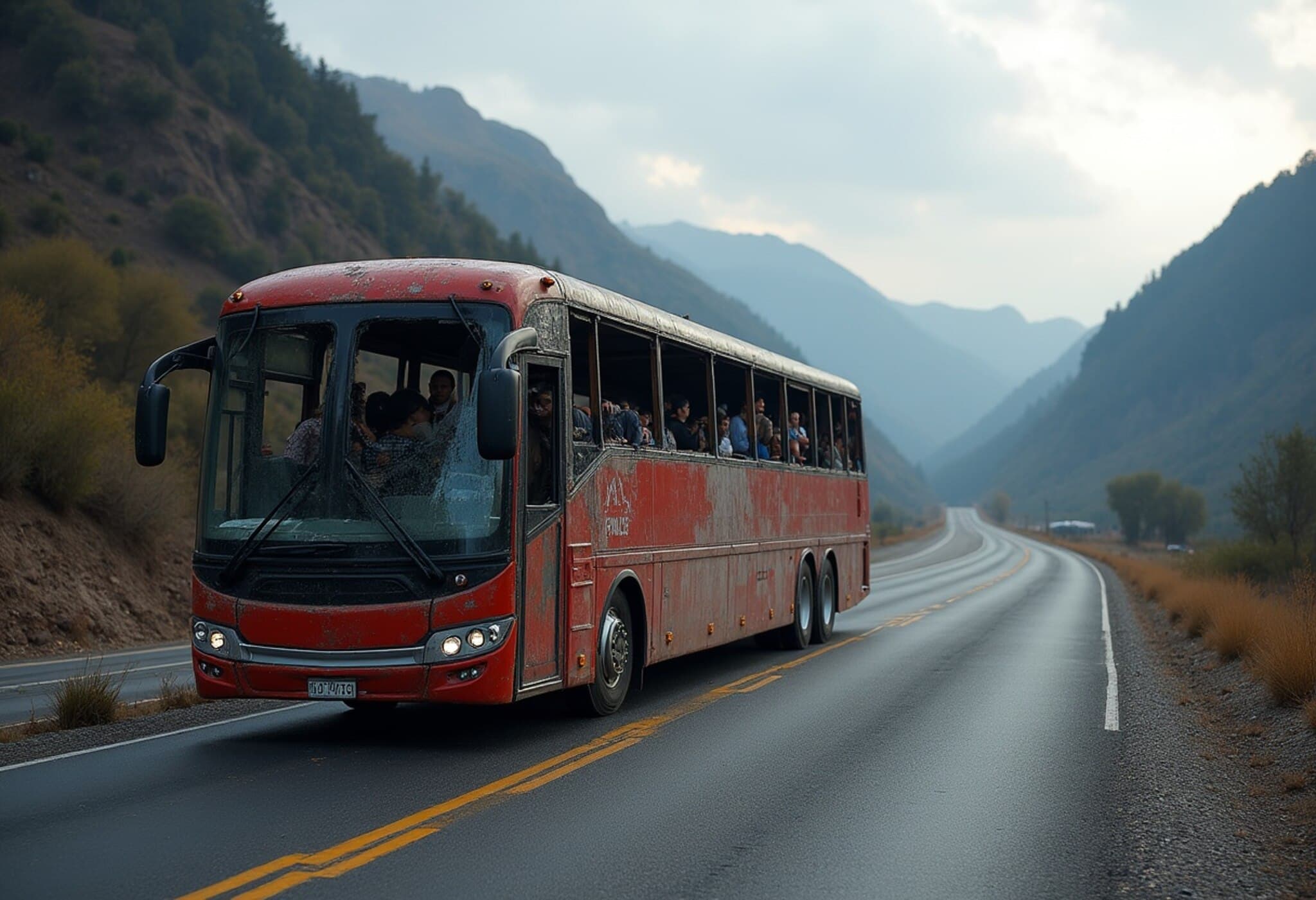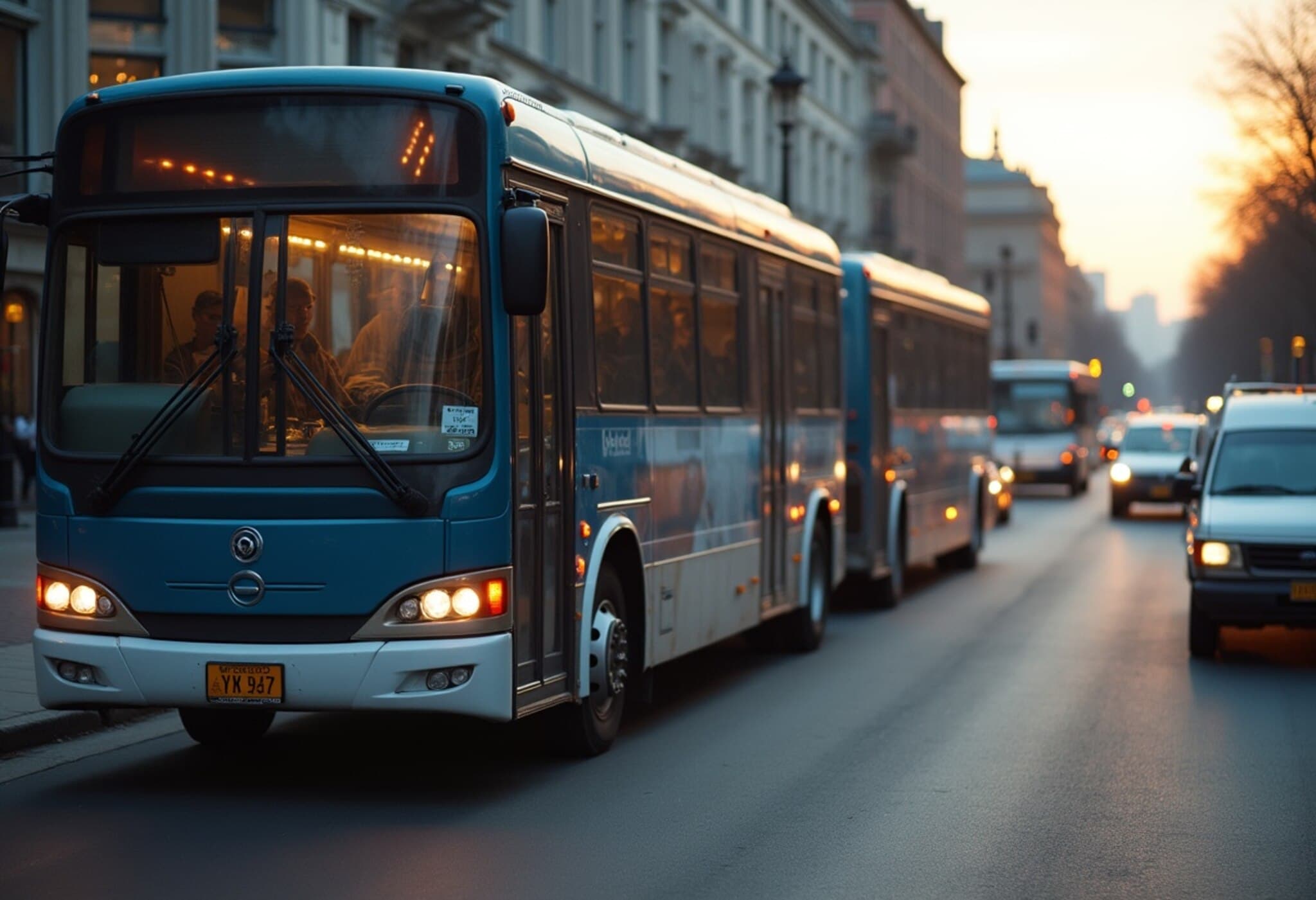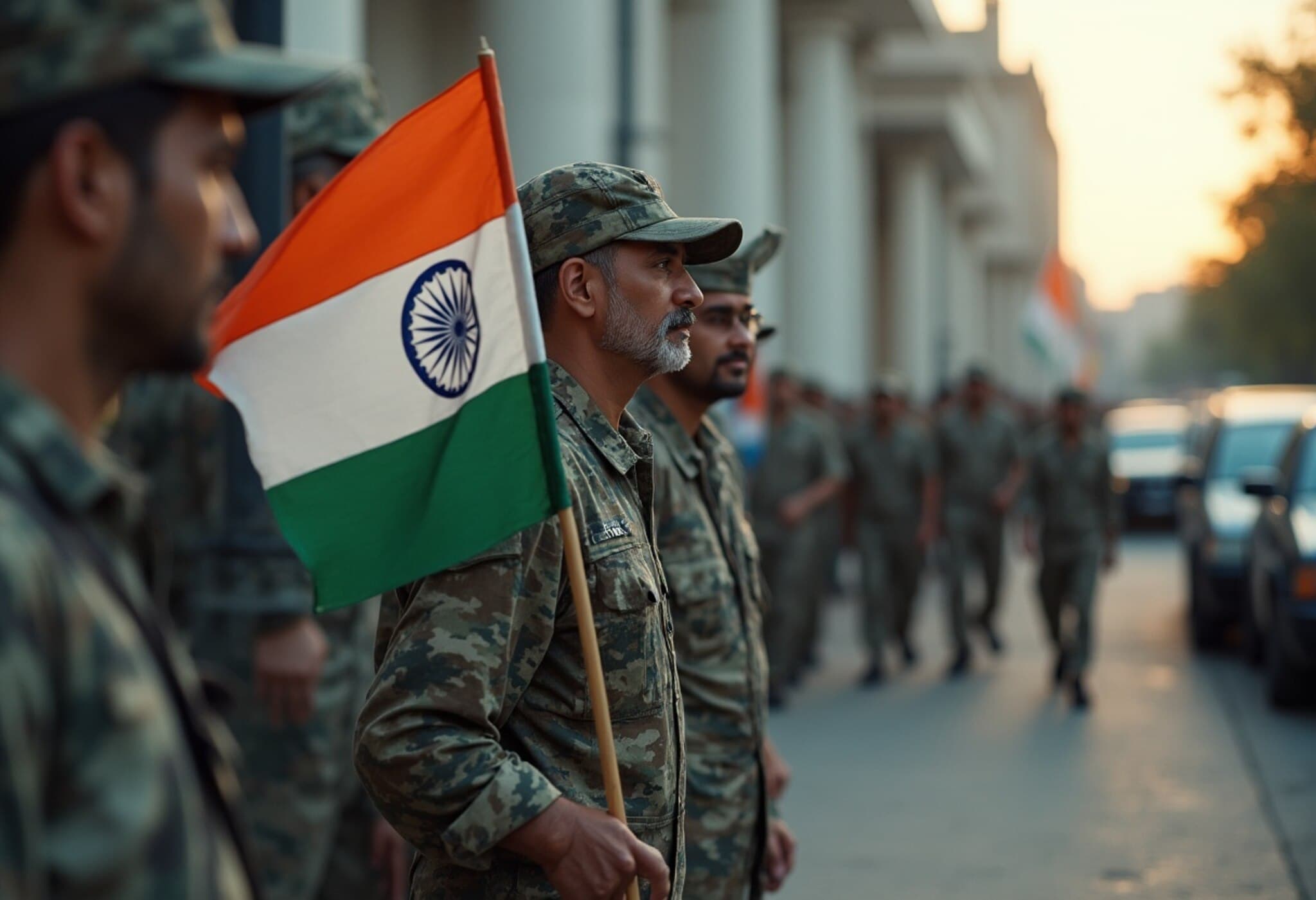Fatal Collision on Mato Grosso Highway Claims 11 Lives
In a tragic accident late Friday night, a bus collided head-on with a truck transporting cottonseed near Lucas do Rio Verde, located in Brazil's center-west state of Mato Grosso. The crash resulted in the death of 11 passengers and left 45 others injured, according to official statements from Nova Rota do Oeste, the concessionaire managing the toll roads, and the Brazilian Federal Highway Police.
Details of the Incident and Emergency Response
The collision occurred at approximately 9:40 p.m. local time (0140 GMT Saturday), when the bus and the truck came into a direct frontal impact. Emergency services swiftly responded, transporting the injured to nearby hospitals for urgent medical care.
Hospitals reported the severity of injuries as follows:
- 11 critically injured individuals requiring intensive medical attention,
- 26 persons with moderate injuries, and
- 8 people with minor injuries who are expected to recover with standard treatment.
Contextualizing Road Safety Challenges in Brazil
This devastating incident shines a spotlight on Brazil’s ongoing struggle with road safety, especially on highways that frequently carry heavy commercial and passenger traffic. Mato Grosso, an essential agricultural hub, sees substantial freight transportation, including commodities like cottonseed, increasing risks on roads shared with buses and private vehicles.
Experts point to the following contributing factors often linked to such highway disasters:
- High speeds and limited visibility during nighttime driving,
- Poor road conditions or insufficient infrastructure,
- Driver fatigue and lapses in attention, particularly in long-haul trucking,
- Inadequate enforcement of traffic safety regulations.
Expert Perspective: The Road Ahead
Brazil's federal and state authorities face mounting pressure to implement stronger preventive measures and infrastructure investments. According to transportation safety analysts, integrated approaches combining stricter regulatory oversight with technological upgrades—such as speed limiters, better road lighting, and enhanced driver monitoring—can dramatically reduce such catastrophic collisions.
Moreover, public awareness campaigns about road safety and driver responsibility, tailored for regions with heavy commercial traffic like Mato Grosso, remain critical. The human cost of neglecting these efforts is tragically exemplified in this accident.
Community and National Reaction
Local communities in Lucas do Rio Verde and surrounding areas have expressed profound grief over the loss of lives. Families of victims and injured passengers await clear information and support from authorities. Meanwhile, Brazilian news outlets and social media are abuzz with calls for accountability and urgent action to prevent future tragedies.
Ongoing Investigation and Support Efforts
Federal highway police have launched a formal investigation to determine the exact causes of the collision. Their findings will guide recommendations to improve highway safety standards nationwide.
The toll road operator, Nova Rota do Oeste, is also coordinating with emergency responders and health services to ensure victims receive necessary care and assistance.
Editor’s Note
This tragic accident in Mato Grosso is a stark reminder of the critical need to address road safety comprehensively in Brazil—an issue that carries profound human, economic, and societal costs. While immediate medical response saves lives, only sustained preventive strategies can reduce the frequency and severity of such collisions. Readers are encouraged to reflect on the complexities of highway safety and the shared responsibility of government, industry, and individuals in preventing needless road tragedies.











